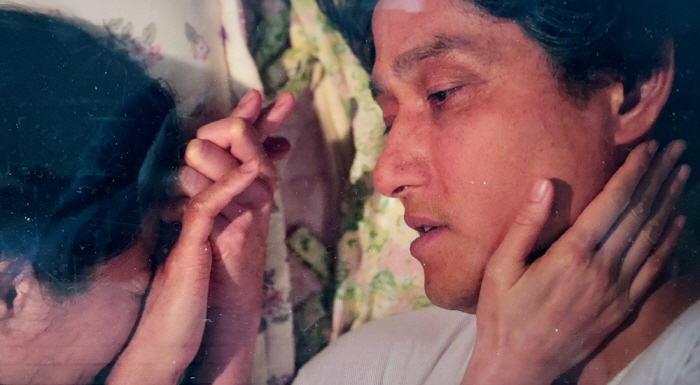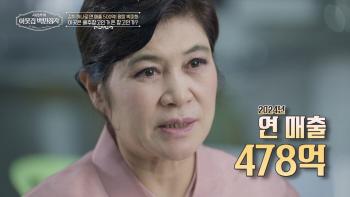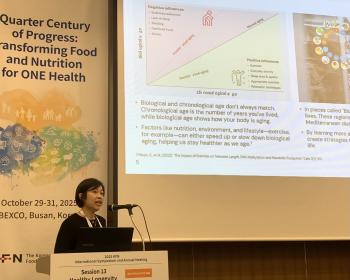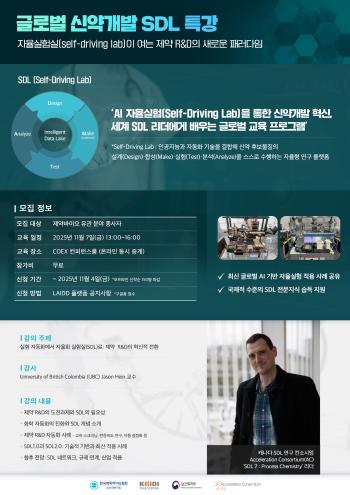What's multiple myeloma that's the cause of death in an official ceremony?
Apr 07, 2025
|
Multiple myeloma is a representative blood cancer along with lymphoma and leukemia. Multiple myeloma is the second most common blood cancer after lymphoma in Korea, and it is a more common disease than expected. As of 2022, about 2000 people were newly diagnosed with multiple myeloma. If patients who are under treatment or who have survived for a long time are combined, more than 9000 people correspond to the population of multiple myeloma.
Multiple myeloma is a blood cancer in which plasma cells in the bone marrow turn into cancer cells and proliferate. Plasmocytes make antibodies that protect our bodies from antigens such as viruses and bacteria. As plasma cells are abnormally differentiated and proliferated, they make a lot of proteins that do not function as antibodies, not normal antibodies, destroying multiple organs and eventually killing patients.
Since the exact cause of the outbreak is unknown, there is virtually no preventable way. However, M protein is sometimes found during medical examinations in the asymptomatic stage, and regular health checkups are the best preventive measure to prevent deterioration as the prognosis of treatment improves much if detected early. If M protein is found in blood and urine tests, it is confirmed as multiple myeloma through additional tests such as bone marrow tests, and whether there is a bone invasion lesion through systemic CT or MRI tests.
In the progressive stage of the disease, you generally experience gastrointestinal symptoms such as drowsiness, loss of consciousness, nausea, and vomiting due to hypercalcemia, fatigue due to anemia and decreased renal function, shortness of breath, swelling, and neurological symptoms such as back, joint pain, compression fractures, and lower extremity paralysis due to bone lesions. About 70% of patients are diagnosed with multiple myeloma after visiting the hospital due to orthopedic problems such as bone pain and fractures, and about 20% visit the hospital due to decreased kidney function and anemia.
Professor Lee Jae-hoon of the Department of Hematology at Gachon University Gil Hospital said, `Rheumatoid arthritis suffered by the main character 'Gwansik' is sometimes pointed out as the cause of multiple myeloma, but rheumatoid arthritis does not cause multiple myeloma.' `However, we can find a correlation in that rheumatoid arthritis and multiple myeloma can be caused by abnormalities in the patient's normal immune system.'
Multiple myeloma is considered a difficult disease to cure. However, multiple myeloma is the disease that has developed the most in chemotherapy over the past 20 years. Compared to the early 2000s, numerous new drugs have been commercialized in about 20 years, and treatment results are also increasing significantly. In the early 2000s, the average survival period was only about three years, but recently, more patients have survived for more than 10 years. Patients who were difficult to treat in the early 2000s, when the main character in the drama battled the disease, can now expect long-term survival while improving their quality of life.
While managing multiple myeloma through chemotherapy, etc., the goal of treatment is to survive for a long time until you get older and return to other diseases. If fast-developing new drugs, clinical trials of double antibody treatments, and CAR-T cell therapy, which are considered next-generation treatments, are successful, it could give hope for the next treatment at a time when patients who had no more treatment are alive.
For the treatment of multiple myeloma, chemotherapy such as drugs and injections is mainly performed, and adjuvant therapy such as hematopoietic stem cell transplantation and radiation therapy can be considered. Cancer treatment is performed four to six times using various anticancer drugs with various mechanisms, and secondary and tertiary anticancer treatments are performed depending on hematopoietic stem cell transplantation and recurrence.
Hematopoietic stem cell transplantation is the principle of collecting hematopoietic stem cells from a patient's bone marrow, removing cancer cells and transplanting secured hematopoietic stem cells after administration of high-dose anticancer drugs. Considering the patient's physical vitality, it is usually performed on patients under the age of 70, but recently, transplantation is also considered depending on their physical condition even in elderly patients. Most of the patients are in their 50s or older, many elderly patients are accompanied by underlying diseases such as diabetes, high blood pressure, and chronic kidney disease, so there are several limitations in using anticancer drugs, but if proper management and communication with patients, guardians, and medical staff in long-term races are achieved, sufficiently good treatment can be achieved.
Multiple myeloma is a disease that is increasing significantly due to the aging population, but treatment results are also increasing significantly.
Professor Lee Jae-hoon said, `Korea's treatment results are close to the world's level compared to the United States, and many global clinical trials are being conducted in Korea. The side effects of anticancer drugs have also improved significantly, unlike in the past, so we encourage you not to give up treatment and consult with medical staff to overcome the disease through various choices."
|
This article was translated by Naver AI translator.















